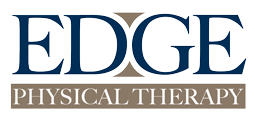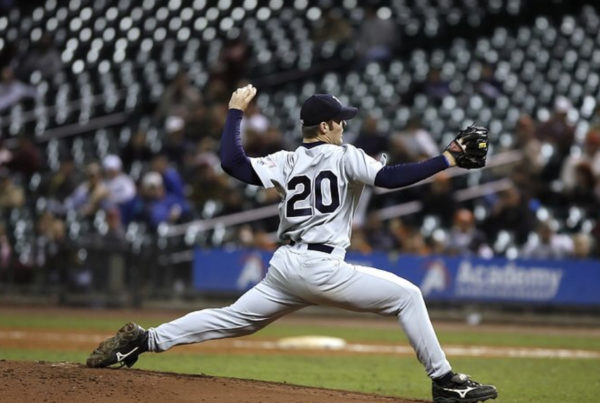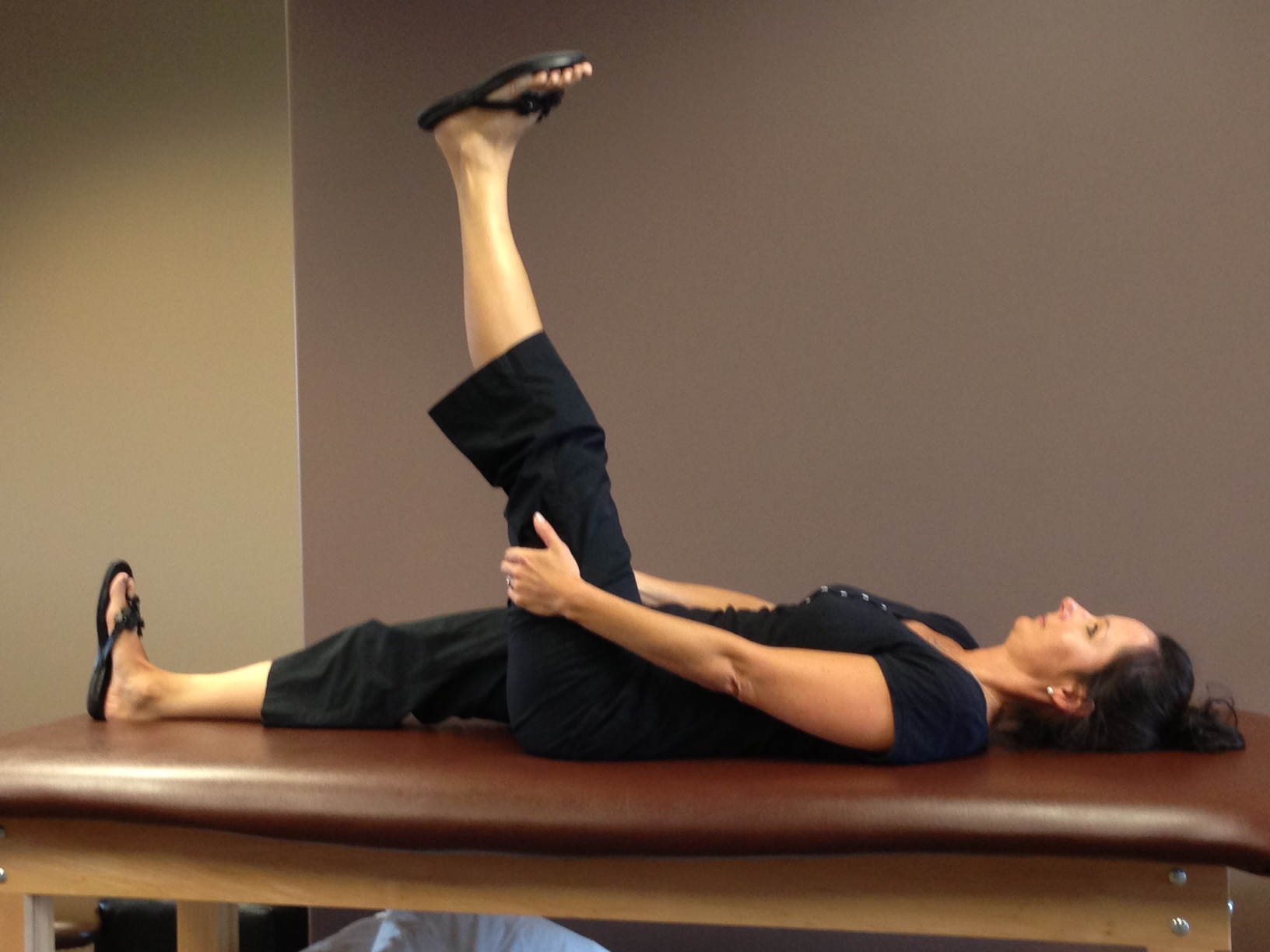What is the difference between athletes that seem to be able to compete forever at a high level and those that are derailed by injury and declining performance? We see athletes that are in their 40’s, 50’s, and 60’s still competing and looking to continue but are frustrated by chronic injury or declining performance. Although genetics do determine durability to some degree, it is beyond our control. The main contributing and treatable factor we see is a lack of “balance” in the body.
What Is Balance?
The term balance is used to describe the distribution of demand, stress and load throughout the body. Optimal balance evenly distributes load and stress on the joints, consists of muscle with an ability to turn on and off as needed, a respiratory system that can breathe efficiently in all conditions, and a neurological system that can coordinate all of these systems.
Joint Loading
Optimal joint loading is both equal distribution of forces left versus right and equal loading within the joint itself. Ideally, no single joint or any isolated part of a joint is overloaded. For example, if a hip joint on the right side of the body is overloaded compared to the left it may become painful, succumb to arthritis and wear out sooner. If one side of a knee joint (medial or lateral) is overloaded it will become painful and wear at an accelerated rate as well. One of the main factors in determining joint health is alignment. The position of our bones dramatically effects load on our joints. Optimal body alignment places the joints in centric, neutral positions where the joint surfaces are most congruent with each other.
Muscle Function
More important than strength is the ability of muscle to turn on when needed and turn off (rest) when not needed. Too often abnormal tension is carried in muscles that are not turned off when the activity ceases. This is most commonly seen in the back (paraspinals and quadratus), neck (traps), hip (piriformis), and calf muscles. The result is pain, strain, and tendonitis. It also limits an athlete’s ability to rest and recover. Again, underlying this muscle function is alignment. If the bones are out of position then the muscles will be out of position because they only attach to bones. Muscle is very sensitive to position as it may disrupt optimal length-tension relationships at the cellular level. If a muscle is in a position of length or stretch it will become weak and this weakness only encourages the overworked muscle to work harder.
Respiration
One of the primary functions of the breathing system is to supply oxygen to working muscles. Although this naturally ocurs during activity, it is not always being done efficiently. Efficient respiration depends synchrony between the diaphragm muscle, the abdominals (obliques), the ribcage and all associated nerves and blood vessels. Breathing dysfunction occurs when one or more of these components are not working properly. Most importantly the abdominals must exhale all of the air on a regular basis for the diaphragm to contract and inhale air. Due to the diaphragm muscle being asymmetrical and smaller on the left, the left abdominals need more attention. Poor use of abdominal and diaphragm muscles results in overuse of accessory breathing muscles like the upper traps and neck muscles. This in turn creates inefficient respiration and neck tension. Once again, skeletal alignment determines respiratory efficiency. The shape of the ribcage determines how we breathe. An egg-shaped ribcage expands and contracts on all sides allowing efficient movement of air. However, many ribcages are flared in the lower front, flat in the back, and depressed at the top. The flat areas indicate poor expansion, and the flared areas indicate poor exhalation. Taking this concept further appreciates the influence the spine and pelvis have on the ribcage. Therefore, optimizing alignment improves breathing and performance.
The Neurological System
This system controls all functions within the body. The complexity and influence on heath cannot be over-emphasized. During athletic activity, the sensory input coming from the eyes, skin, feet, teeth and joints is processed and coordinated movement occurs. Therefore, the resultant movement strategy formed by the brain is dependent on the information received. Common sensory areas of the body that are considered by an EDGE therapist are the feet, eyes, and teeth. The sensory input of these areas can be manipulated with foot orthotics, dental splints, and glasses. Therefore, health and performance and balance can be improved by altering the sensory information received by the brain.
Summary
When considering all of the factors that determine athletic durability, alignment of the body is critical. Without “neutral” body position and function, optimal athletic durability is not possible. When the athlete’s body is truly balanced, pain is reduced or eliminated, leading to improved and prolonged careers. The most effective method for optimizing body position is with Postural Restoration.





